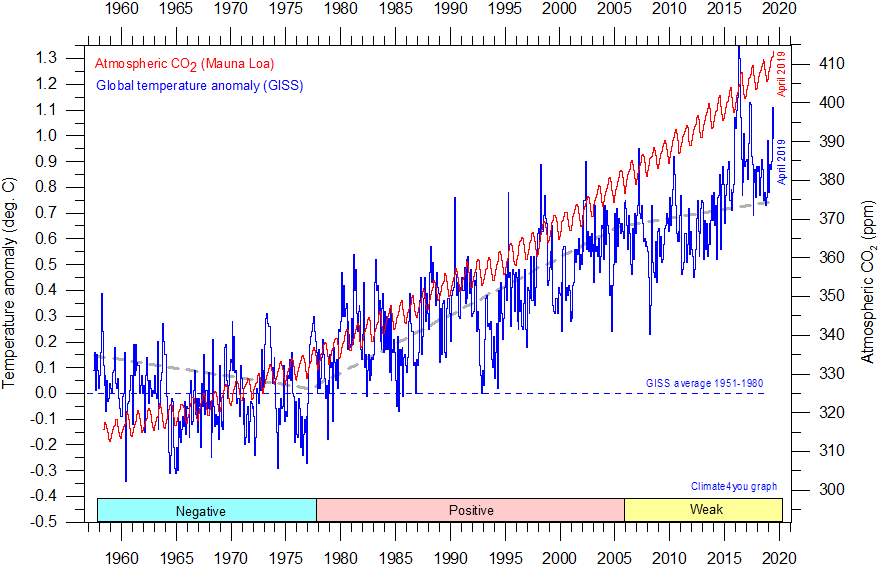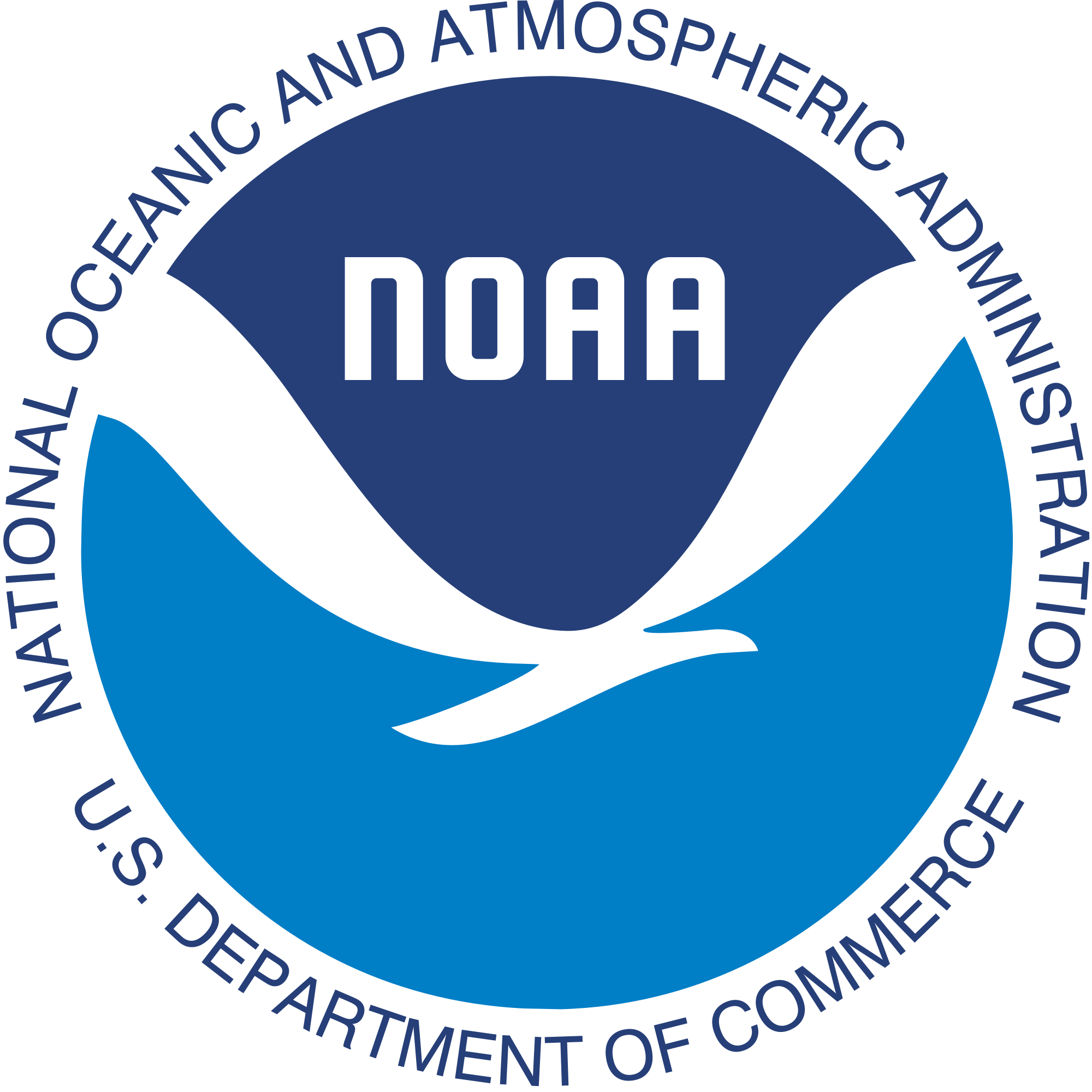Andy Edmonds, PhD
The operative word in this somewhat leading question is “believe”. Global warming is a belief system with all the characteristics of a religion.
Look at how non-believers are vilified. Look at how we are told we must make sacrifices to the god of global warming; to sacrifice little old ladies through their unaffordable heating bills; to sacrifice our countryside to windmills and solar farms; to sacrifice our cars and our mobility.
How did we get to this point in our supposedly rational age?
The answer, I believe, lies in the history of ideas themselves. To grossly, but unavoidably, oversimplify things, the argument is as follows:
One of the major purposes of religion is to explain the seemingly random events that occur to us as individuals and societies.
The demise of Christianity in the West has led to, or was caused by, a rise in scientific rationalism. The latter has given us better explanations for the events in the world, and held out the promise, as espoused by Laplace in 1813, of total predictability, of understanding everything scientifically.
Thus, one all-powerful God has replaced another.
The success of scientific rationalism has spawned political and social ideas that ape the promise of predictability and explainability that Science promises in the physical world.
Unfortunately, since the start of the 20th century, various chinks in the scientific rationalists’ armour have appeared. Mathematical research encouraged by the growth of computing has shown conclusively that parts of the world and the things in it are not predictable and computable without infinite computing resources.
The God of Scientific rationalism is not all-powerful.
Climate, it turns out, is one of the things, like weather, that cannot in practice be predicted long-term. Other examples are social, financial and political phenomena.
It would take many thousands of words to justify the last claim, but it is true, and a fact well known to researchers in Complexity.
A God is, of course, either all powerful or a false God. There can be no half measures, and a Scientific area of study that cannot make predictions has no value.
To believe in climate change is to believe in the God of Scientific rationalism. To embrace the unfortunately complex idea that parts of our world are ultimately and forever unpredictable is to give up on this God.
Most people, while capable of deep thought at times, live life with a set of heuristics that they use to simplify things. The idea that science is completely trustable, and capable of predicting anything is one of these heuristics. The idea that this might not be true is an exceedingly tough thing to sell.
Although there is some element of conspiracy in the global warming scare, (Climate scientists have wilfully ignored the evidence that their predictions are worthless), Global warming has been just very convenient for those with a religious predisposition and with a fear of Chaos. Unfortunately, these people include politicians and princes. People who are already predisposed to an ideology, to simple explanations for complex things, find Global warming very seductive.
So, while the scientific basis for belief in climate change crumbles, the religious argument increases in strength.
Because letting go of these ideas will cause so much psychological distress to the holders, they will hang on to them ’til the last minute. At the time of writing, the UK’s outgoing prime minister just committed the UK to zero carbon by 2050, without a vote or any democratic oversight, and at a cost of many trillion pounds.
This was a religious act. Other religious acts in the past have given us the great cathedrals, the Parthenon and Angkor Wat. On the other hand, some have given us the inquisition and jihad.
This decision definitely falls in the latter category.
I’m sure, dear readers, that many of you will profoundly disagree with the preceding ideas. If so, all that I ask is that you question yourselves as to why. Are my arguments rubbish? Or is it the uncomfortable feeling of having cherished ideas challenged? If it’s the latter, you’ve got religion, my friend.
Andy Edmonds gained his PhD in the analysis of time series for Chaos in 1996. Although not a climate scientist, he is an expert in the mathematics and techniques underlying the modelling of phenomena such as climate.

























